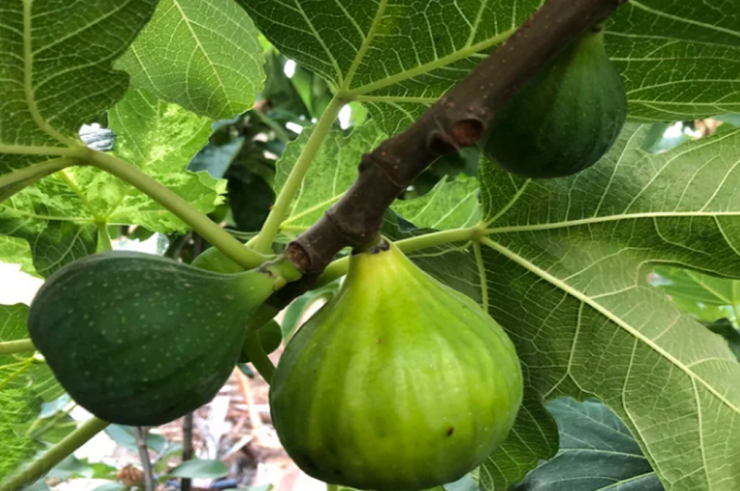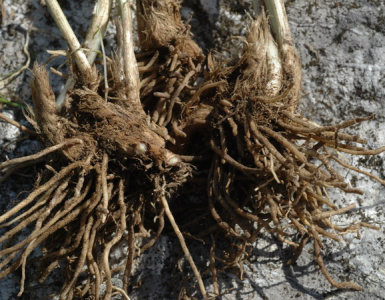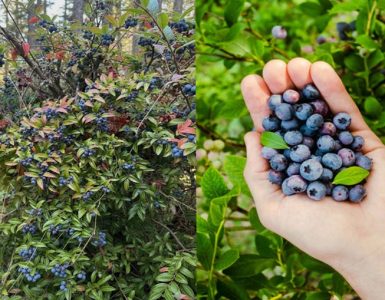Fig trees (Ficus carica) are hardy, productive, and easy to grow, but pruning is essential to ensure a strong structure, better fruit production, and overall tree health. Proper pruning helps control the tree’s size, encourages new growth, and prevents disease.
This guide will walk you through why, when, and how to prune your fig tree for the best results.
Why Pruning Your Fig Tree is Important
Pruning your fig tree regularly has several key benefits
Increases fruit production by directing energy into new growth
Improves air circulation to reduce the risk of fungal diseases
Maintains a manageable size for easy harvesting
Encourages a strong structure to support fruit-bearing branches
Removes dead or diseased wood to prevent infections and pests
Without pruning, fig trees can become too dense, weak, and unproductive over time.
When to Prune Your Fig Tree
The best time to prune depends on the tree’s growth stage and the climate in which it is grown
1.Winter Pruning (Dormant Season) – Best for Major Pruning
Prune in late winter or early spring while the tree is dormant and before new growth starts
This is the time to shape the tree, remove dead wood, and thin out crowded branches
Winter pruning encourages vigorous growth in the upcoming season
2.Summer Pruning – Light Maintenance and Size Control
Done in mid to late summer to control height and remove excess foliage
Helps direct energy towards fruit ripening instead of excessive leaf growth
Avoid heavy pruning in summer as it can stress the tree
3.Pruning Young Fig Trees (First 2-3 Years)
The first years are crucial for establishing the shape and structure of the tree
Prune to create a balanced, open structure that allows sunlight and air circulation
How to Prune a Fig Tree Step by Step
1.Gather Your Tools
Before starting, make sure you have the right tools
Sharp pruning shears for small branches
Loppers for thicker branches
A pruning saw for old or large branches
Disinfectant to clean tools before and after pruning to prevent disease spread
2.Remove Dead, Diseased, or Weak Branches
Start by cutting away any dead, broken, or diseased branches
Look for branches that rub against each other and remove the weaker one
Remove any suckers growing from the tree base to direct energy to the main trunk
3.Open Up the Center of the Tree
Cut back excessive interior branches to improve airflow and sunlight penetration
This reduces humidity and fungal disease risks while promoting better fruit production
4.Control Height and Shape the Tree
Trim long, outward-growing branches to maintain a shorter, bushier tree
For container-grown fig trees, keep the tree compact by pruning aggressively
5.Thin Out Overgrown Branches
Remove about one-third of the older growth each year to encourage new fruiting wood
If the tree is too dense, prune selected secondary branches to allow light through
6.Trim Back Long Non-Fruiting Shoots
Some shoots grow long without producing fruit
Cut these back to focus the tree’s energy on productive branches
7.Seal Large Cuts (If Necessary)
Small cuts heal naturally, but larger cuts over one inch in diameter should be sealed with pruning paste
This helps prevent disease and pests from entering the tree
Pruning Tips for Different Types of Fig Trees
Potted Fig Trees
Keep them compact and well-shaped by pruning lightly throughout the year
Remove excess roots every two to three years to prevent becoming root-bound
Overgrown Fig Trees
If a fig tree has been neglected, prune gradually over two to three years
Remove one-third of overgrown branches at a time to avoid shocking the tree
Cold Climate Fig Trees
In colder regions, prune to keep the tree manageable for winter protection
After pruning, wrap the tree or cover the base with mulch to prevent frost damage
Common Pruning Mistakes to Avoid
Pruning too much at once – Removing too many branches at once can stress the tree and reduce fruit production
Pruning at the wrong time – Avoid pruning in early winter, as it may expose the tree to frost damage
Leaving stubs – Always cut close to a bud or branch collar to promote proper healing
Not disinfecting tools – Dirty tools can spread fungal infections and bacterial diseases
Pruning your fig tree correctly will help you maintain a healthy, productive, and easy-to-harvest tree. By following these steps, you will ensure that your fig tree produces delicious fruit every season while staying disease-free and well-shaped.






Add comment